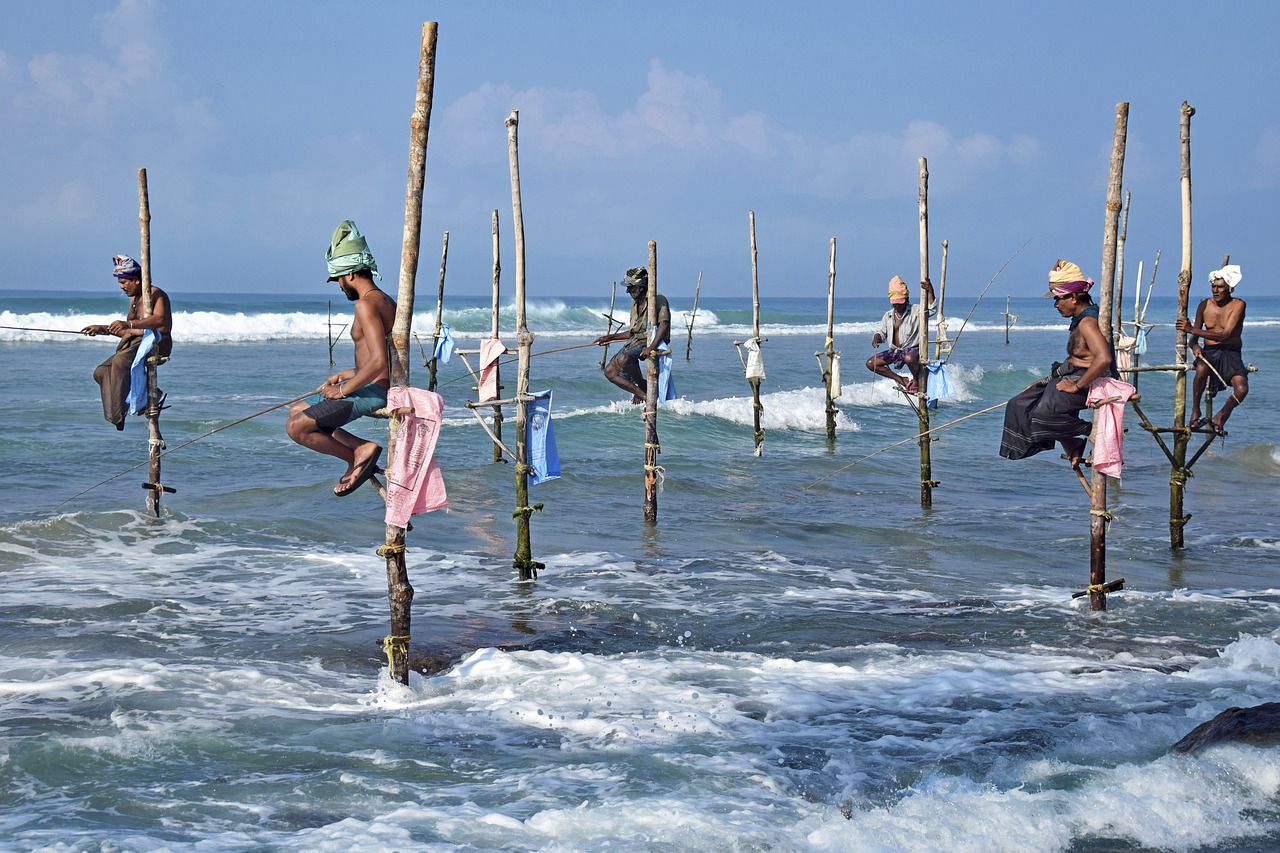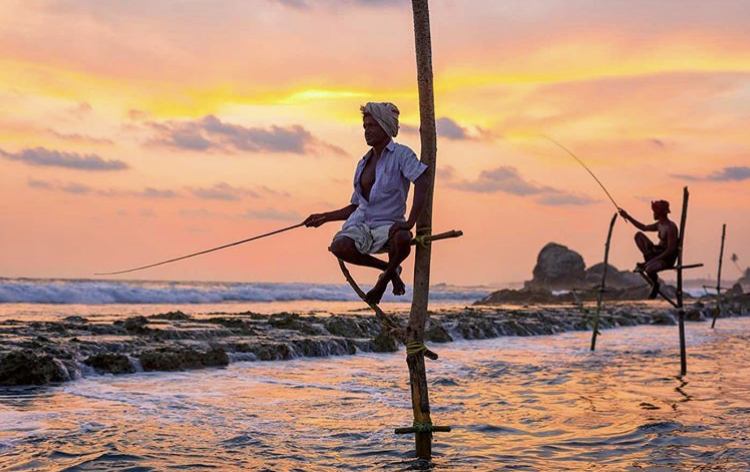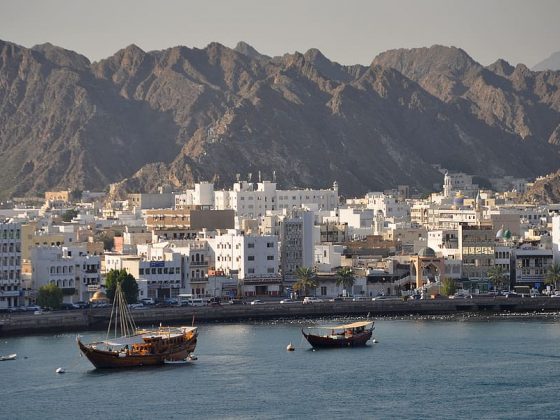The image of a fisherman perched upon stilt has become synonymous with Sri Lankan culture, particularly the southern part of the island. Stilt fishing is a uniquely Sri Lankan tradition and it’s a way of life you should definitely experience if you’re looking for things to do in Galle, Sri Lanka.

Stilt Fishing| Img by: Sampathg via Pixabay
Where to Go
The art of stilt fishing is primarily confined to the southern regions of Sri Lanka – specifically areas like Ahangama, Koggala, and Welipanna. Due to the iconic imagery associated with the activity, many tourists go in search of a stilt fisherman, hoping for the perfect shot. As such, many hotels and resorts in the South, like the Tri Koggala, might have more information on where you should go.
How it Began
There’s a preconception that stilt fishing is an ancient practice – dating all the way back to prehistoric times! In truth, however, the practice only started around the time of the second world war, about 70 years ago. Due to food shortages at the time, some intuitive fishermen began fishing over the water. At first, they used the floating debris of shipwrecks but in time they began to erect their own stilts.
A Dying Tradition
Unfortunately, stilt fishing is slowly starting to decline in the South, with more and more fishermen walking away from the profession. The 2004 tsunami dealt a massive blow to stilt fishing as it altered much of Sri Lanka’s coastline, while also forcing most fisherman to relocate to more inland areas. Stilt fishing is also hampered during the monsoon rains, and fishermen often make more money posing for tourists during this time than through fishing itself.
Try Your Hand
Now, while most travellers prefer to observe stilt fishing and line up the perfect photographs, you can actually try your hand at it as well. For a small fee, most fisherman will help you up the stilt and teach you the basics fishing, so why to try it out for yourself – just remember it takes patience and a lot of luck!











